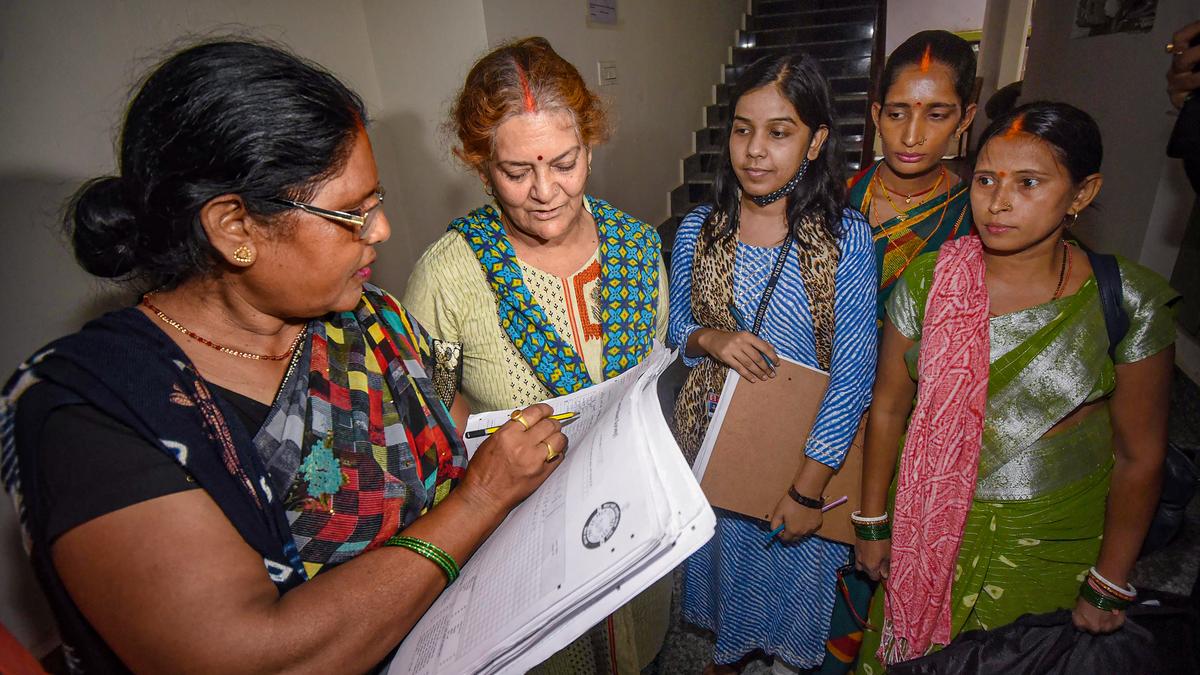With the Union Government deciding to enumerate caste in the forthcoming Census exercise, top anthropologists and population scientists in the country have argued that the first and foremost challenge in undertaking this exercise will be to list the total number of castes/communities in the country. At present, there is no comprehensive repository of such groups apart from the Constitutional lists of the Scheduled Castes (SCs), the Scheduled Tribes (STs), and the Other Backward Classes (OBCs).
The 1931 Census of India, the last one to enumerate castes in the country, had counted over 4,147 different castes and sub-castes across the country, which included over 300 caste groups that had Christianity as their religion and 500 that followed Islam, according to a review of the Census reports and scholarly articles that have analysed this particular Census.

Notably, the 1931 exercise had asked enumerators not to insist on caste information of “Moslems, Christians, Sikhs, Jains, Buddhists, and Aryan or Brahman Hindus” but record it if provided.
Today, there are over 3,651 communities classified as OBCs, 1,170 communities classified as SCs, and around 850 communities categorised as STs (including repetitions, given that many groups are found across multiple States and regions).

Apart from this, the only record of total castes or communities living in India is contained in the Anthropological Survey of India’s People of India volumes, published after a seven-year-long project that had tabulated 4,635 “communities” and hundreds of their sub-castes and sub-groups. This list included communities classified as SC, ST, and OBC, apart from which it had counted 2,203 castes and communities (mostly General category).

“The only first step here is to start with listing the castes and communities that need to be enumerated. The Office of the Registrar General of India and the Census Commissioner must consult with academics, people, caste groups, political groupings and the public at large to arrive at this listing. This is one of the failures of the SECC (2011 Socio Economic and Caste Census),” Professor Ram B. Bhagat, former Head of Migration and Urban Studies at the International Institute for Population Sciences, told The Hindu.
Inflated data
In the absence of a concrete listing of castes and communities to be enumerated, the SECC in 2011 had yielded as many as over 46 lakh different “castes”, with many citizens entering their surnames under the field for caste, thereby inflating the numbers.
Prof. Bhagat, who has extensively written about the methodologies and impact of the 1931 caste enumeration exercise, continued, “The Census Commissioner in charge of 1931 Census, J.J. Hutton had led with the same methodology.” According to the Census reports published from the time, Hutton had noted that it had taken months for them to publish draft lists of castes and communities, consider public protests, incorporate their suggestions and preferences before arriving at a listing.
A top official of the Anthropological Survey of India, who wished to remain anonymous, agreed with Prof. Bhagat’s argument about the starting point for any caste enumeration exercise.

“Another problem here would be the issue of how India understands caste as of 2025. It must be seen as a dynamic phenomenon. There may be new caste names now that did not exist before. Further, enumerators must account for linguistic variations in caste names and the regional diversity. This is the reality,” Professor Bhagat added.
The 1931 Census report had also acknowledged as much. It reported one example of where several caste groups associated with dairy farming in the United Provinces had started building a coalition and identifying as “Yadavs” by the time the 1931 Census was under way.
Similarly, certain tribes and castes, which were simply known by an umbrella term, have over the decades since Independence asserted their sub-grouping identities in a bid to reject colonial classifications, which has led to them being added as separate entries in SC, ST lists.
Classification, next step
Once there is a consensus on the listing of castes and communities that need to be enumerated, another challenge will be of classifying them, Professor Bhagat added.
According to the Census reports of 1931, the then government also could not arrive at how to classify these communities, leading to many of them featuring in the list of castes, tribes, and races all at the same time, depending on regional variation. Even now, there are several communities whose classification varies based on the State they are residing in.
“Regardless, listing the castes and public notification of these lists for discussion is of paramount importance,” Prof. Bhagat said. At least now “there is a precedent in the way that Bihar or other States have done theirs”, he said, arguing that the only foreseeable way for this [listing] to be done was to make it “regionally disaggregated”.
Published – May 02, 2025 08:08 am IST
Anurag Dhole is a seasoned journalist and content writer with a passion for delivering timely, accurate, and engaging stories. With over 8 years of experience in digital media, she covers a wide range of topics—from breaking news and politics to business insights and cultural trends. Jane's writing style blends clarity with depth, aiming to inform and inspire readers in a fast-paced media landscape. When she’s not chasing stories, she’s likely reading investigative features or exploring local cafés for her next writing spot.




